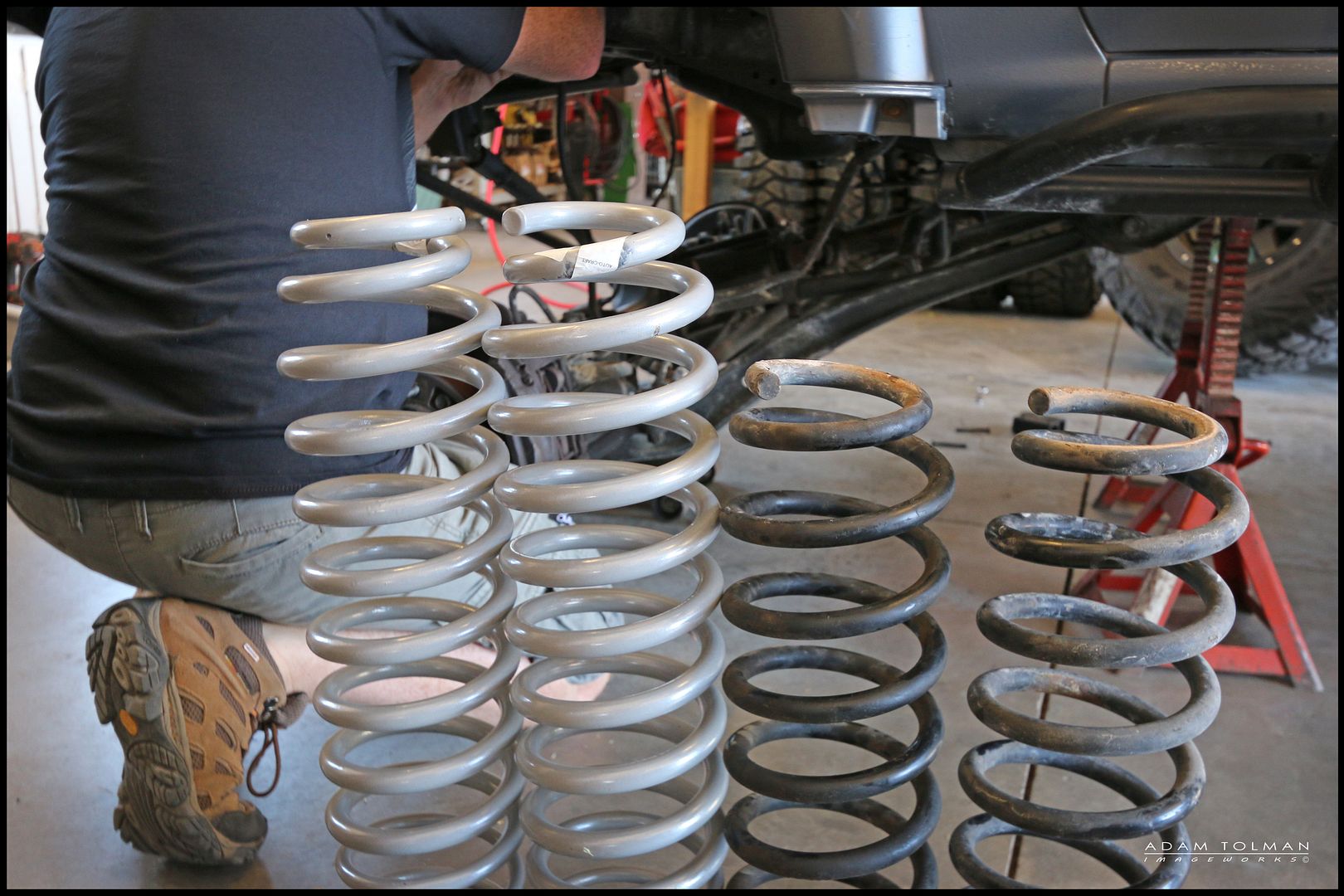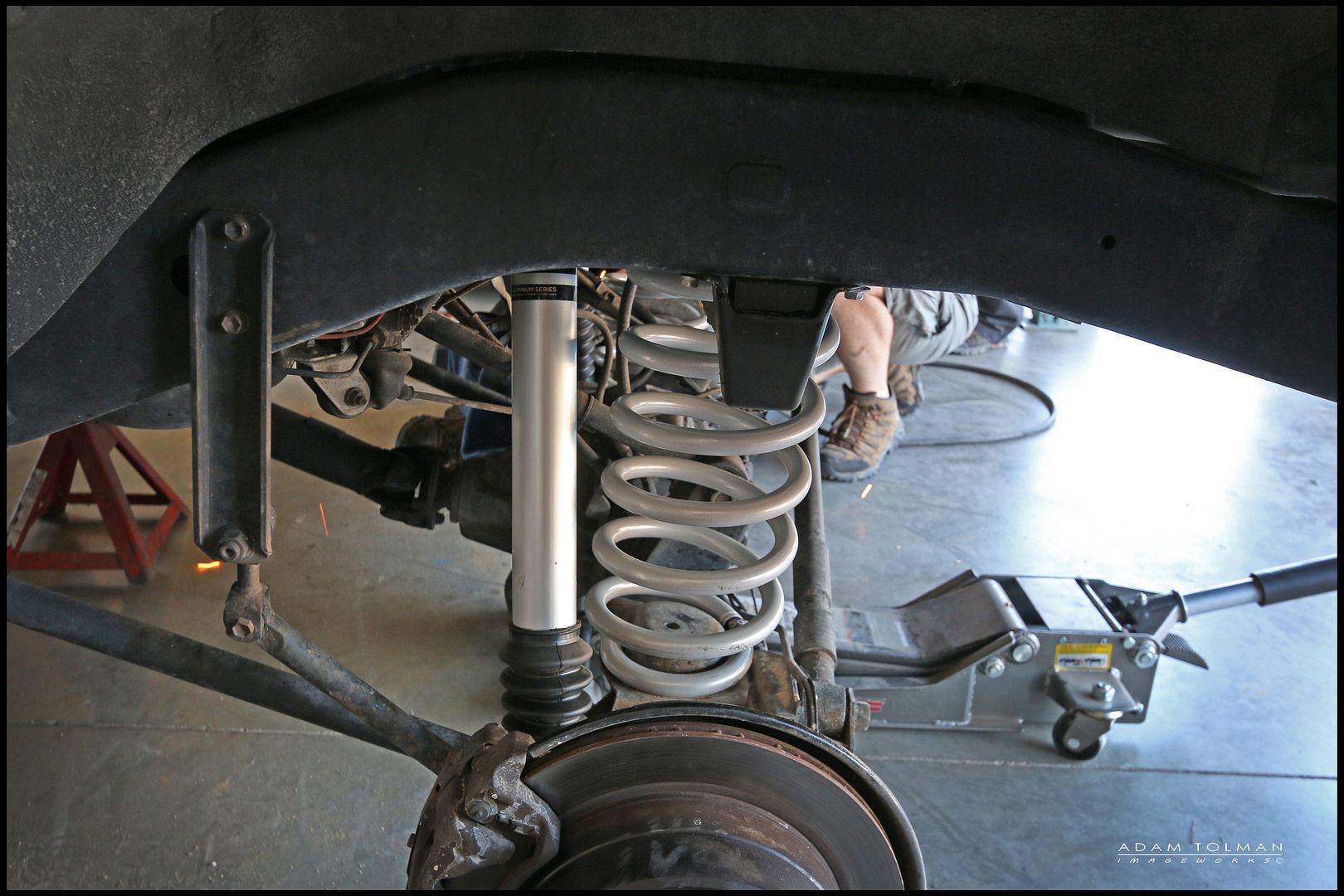- Joined
- Oct 22, 2002
- Threads
- 170
- Messages
- 5,386
- Location
- Durango, Colorado
- Website
- www.durangomagazine.com
Comparison picture of 3 rear springs. Slee 4” heavy, Ironman TOY025C "medium", and OEM.
Kind of cool to see the material difference between them. I wish I would have weighed them all at the time. The Slee easily felt twice as heavy as the Ironman.

Kind of cool to see the material difference between them. I wish I would have weighed them all at the time. The Slee easily felt twice as heavy as the Ironman.
Last edited:



